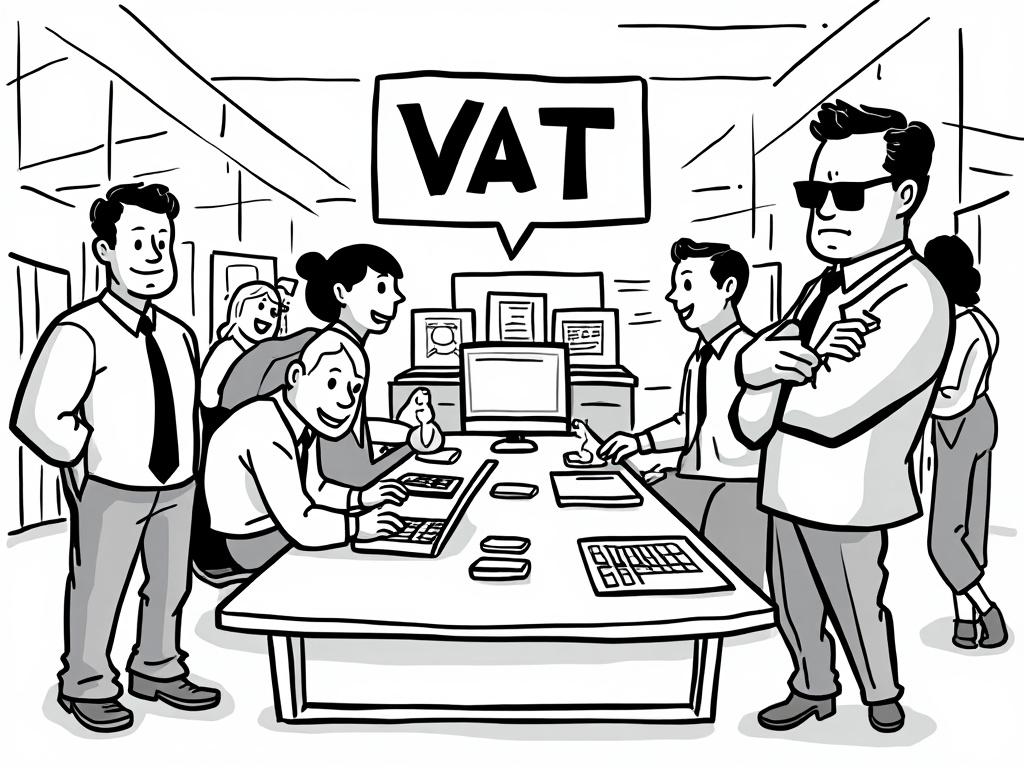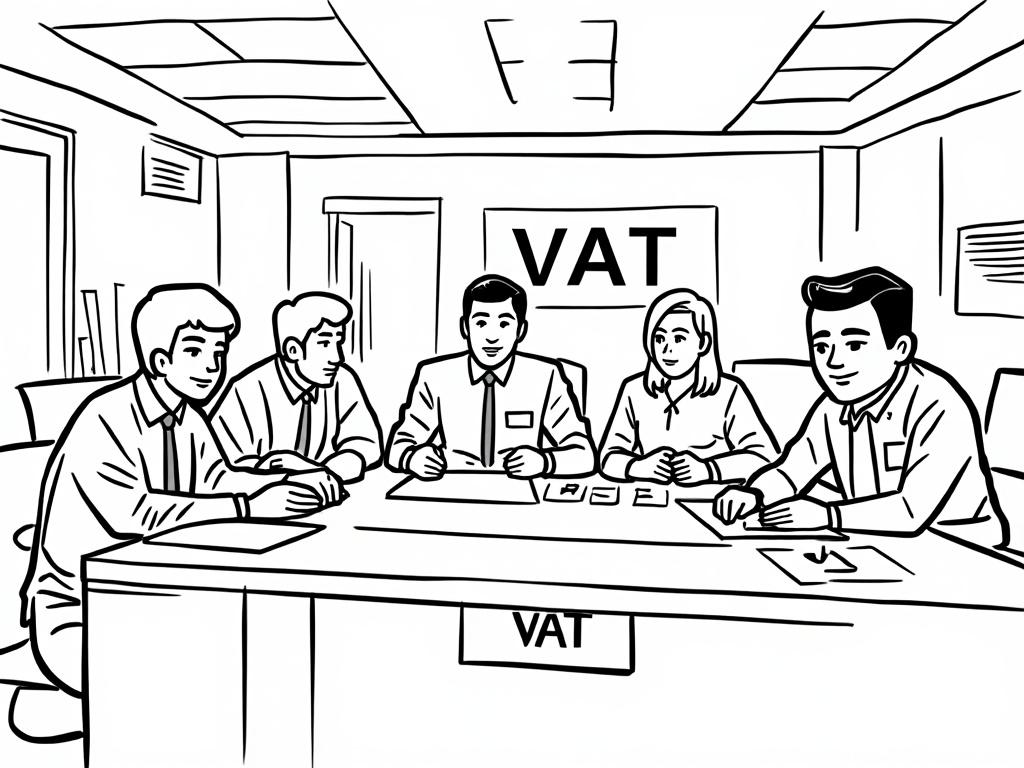
Extended VAT Suspension on New Buildings: Opportunities for Real Estate Developers in 2025
Reading time: 12 minutes
Ever wondered how a simple tax policy change could reshape an entire real estate market? You’re about to discover exactly that. The extended VAT suspension on new buildings presents unprecedented opportunities for developers, but only those who understand how to navigate this evolving landscape will truly capitalize.
Table of Contents
- Understanding the VAT Suspension Framework
- Strategic Market Opportunities for Developers
- Implementation Strategies and Best Practices
- Regional Variations and Cross-Border Considerations
- Common Challenges and Practical Solutions
- Your Development Strategy Roadmap
- Frequently Asked Questions
Understanding the VAT Suspension Framework
The VAT suspension on new buildings isn’t just another tax break—it’s a strategic economic tool designed to stimulate construction activity and address housing shortages across multiple markets. Here’s the reality: This policy creates a 15-24% cost advantage that fundamentally alters project economics.
Key Mechanics of VAT Suspension
Let’s break down how this actually works in practice. When VAT is suspended on new residential buildings, developers can offer properties at significantly reduced prices while maintaining the same profit margins. This creates a win-win scenario where buyers get better value and developers can move inventory faster.
Quick Scenario: Imagine you’re developing a €500,000 apartment complex. Under normal circumstances, buyers would pay €615,000 including 23% VAT. With suspension, that same unit sells for €500,000—a €115,000 savings that makes your project immediately more competitive.
Market Impact Visualization
Eligibility Criteria and Compliance Requirements
Not every project qualifies for VAT suspension. The key requirements typically include:
- New construction or substantial renovation projects
- Residential use designation (primary or secondary homes)
- Completion within specified timeframes
- Compliance with energy efficiency standards
- Maximum unit size or price thresholds in some jurisdictions
Understanding these criteria early in your planning phase prevents costly redesigns later. Smart developers are already incorporating these requirements into their standard development processes.
Strategic Market Opportunities for Developers
The VAT suspension creates multiple layers of opportunity that extend far beyond simple cost savings. Let’s explore how forward-thinking developers are leveraging this advantage.
Accelerated Market Entry Strategies
Consider the case of Mediterranean Development Group, which used VAT suspension to enter the Greek market 18 months ahead of schedule. By launching their flats for sale in greece project during the suspension period, they captured 34% more early-bird reservations than initially projected.
Their winning formula:
- Identified high-demand areas with limited new supply
- Fast-tracked permitting processes to maximize suspension benefits
- Implemented aggressive pre-sales campaigns highlighting cost advantages
- Partnered with local financing institutions to offer enhanced buyer incentives
Portfolio Diversification Opportunities
VAT suspension periods create unique windows for portfolio expansion. Developers can afford to take calculated risks on emerging neighborhoods or experimental property types when the built-in cost advantage provides additional safety margins.
| Strategy Type | Risk Level | Potential ROI | Implementation Timeline | Key Success Factor |
|---|---|---|---|---|
| Market Entry | Medium | 25-35% | 12-18 months | Local partnerships |
| Product Innovation | High | 40-60% | 18-24 months | Market research |
| Geographic Expansion | Medium-High | 30-45% | 15-20 months | Regulatory compliance |
| Volume Scaling | Low-Medium | 20-30% | 8-12 months | Supply chain optimization |
Implementation Strategies and Best Practices
Success with VAT suspension isn’t automatic—it requires strategic implementation. Here are the proven approaches that separate successful developers from those who simply ride the wave.
Project Timeline Optimization
The most critical factor is aligning your development timeline with suspension periods. Smart developers are doing this:
Planning Phase: Build buffer time into construction schedules. VAT suspension periods have defined end dates, and projects that miss these deadlines lose the entire advantage.
Execution Phase: Implement milestone-based progress tracking with weekly reviews. One major developer we studied uses a “red-yellow-green” system where any project showing yellow status gets immediate resource reinforcement.
Financial Structure Optimization
VAT suspension changes your project’s financial dynamics significantly. Here’s how to optimize:
- Cash Flow Management: Accelerated sales cycles mean faster cash recovery, allowing for reduced construction financing needs
- Pricing Strategy: Pass through 60-70% of VAT savings to buyers while retaining 30-40% as additional margin
- Risk Mitigation: Use cost advantages to fund enhanced insurance coverage and contingency reserves
Regional Variations and Cross-Border Considerations
VAT suspension policies vary significantly across jurisdictions. Understanding these differences is crucial for developers operating in multiple markets or considering expansion.
European Market Analysis
In Greece, the VAT suspension has been particularly impactful for coastal developments, with some projects reporting 45% increases in international buyer interest. The policy specifically benefits properties under €250,000, making it ideal for entry-level and investment properties.
Meanwhile, similar policies in Portugal focus on urban regeneration projects, creating opportunities for developers specializing in historic property conversions.
Cross-Border Optimization Strategies
Multinational developers are creating “suspension calendars” that map VAT holidays across their operating regions. This allows them to sequence project launches to maximize the number of developments benefiting from reduced VAT rates.
Common Challenges and Practical Solutions
Every opportunity comes with challenges. Here are the most common obstacles developers face with VAT suspension and proven solutions.
Challenge #1: Compressed Development Timelines
The Problem: VAT suspension periods create artificial urgency that can compromise quality or inflate construction costs through rushed procurement.
The Solution: Develop strategic supplier partnerships before suspension periods begin. One successful developer maintains preferred vendor agreements with 15-20% premium pricing for expedited delivery, activated only during suspension windows.
Challenge #2: Increased Market Competition
The Problem: Every developer wants to capitalize on VAT suspension, leading to saturated markets and compressed margins.
The Solution: Focus on differentiation rather than price competition. Successful developers are adding value through superior locations, unique amenities, or innovative designs rather than simply competing on the VAT-reduced price.
Challenge #3: Regulatory Compliance Complexity
The Problem: VAT suspension rules are complex and frequently updated, creating compliance risks.
The Solution: Invest in specialized tax advisory services. The cost is typically 0.2-0.5% of project value but prevents potentially catastrophic compliance failures.
Your Development Strategy Roadmap
The extended VAT suspension landscape isn’t just about immediate opportunities—it’s reshaping how smart developers approach long-term strategy. Here’s your actionable roadmap for capitalizing on these changes while building sustainable competitive advantages.
Immediate Action Steps (Next 90 Days)
1. Audit Your Current Pipeline
Review all projects in planning or early construction phases. Calculate potential VAT savings and identify which projects can be accelerated to capture suspension benefits. Create a priority matrix based on financial impact and feasibility.
2. Establish Suspension-Ready Processes
Develop standardized workflows for rapid project launches during suspension periods. This includes pre-approved contractor networks, streamlined permitting processes, and marketing campaign templates.
3. Build Strategic Reserve Capacity
Maintain 15-20% of your development capacity in “ready-to-launch” status. This allows you to respond quickly to unexpected suspension announcements without compromising existing projects.
Medium-Term Positioning (6-18 Months)
Market Intelligence Systems: Implement monitoring systems to track VAT policy discussions across your operating regions. Policy changes often have 6-12 month lead times, giving prepared developers significant advantages.
Financial Flexibility: Structure your financing to accommodate accelerated development cycles. Consider establishing revolving credit facilities that can be activated quickly during suspension periods.
Long-Term Competitive Advantage
The most successful developers are using VAT suspension periods not just for immediate gains, but to establish market positions that persist beyond the policy. They’re building brand recognition, customer databases, and operational efficiencies that compound over time.
As housing affordability continues to challenge markets globally, VAT suspension policies are likely to become more frequent and targeted. Developers who master these dynamics today will dominate tomorrow’s markets.
Your next move matters. Will you treat VAT suspension as a temporary windfall, or will you use it as a springboard to transform your development strategy? The developers who answer this question correctly are already positioning themselves as the market leaders of 2025 and beyond.
Frequently Asked Questions
How long do VAT suspension periods typically last?
VAT suspension periods vary by jurisdiction but typically range from 12-36 months. Greece’s current suspension runs through 2025, while other European markets have implemented shorter 12-18 month windows. The key is monitoring policy announcements and extension discussions, which usually occur 6-12 months before expiration dates. Smart developers track multiple markets simultaneously to maximize opportunities across their portfolio.
Can existing projects benefit from VAT suspension if they haven’t completed sales?
This depends on specific policy terms and project status. Generally, projects must meet certain criteria such as obtaining building permits after the suspension announcement or completing construction within the suspension period. Some jurisdictions allow projects in advanced planning stages to qualify if they accelerate timelines. Always consult with local tax advisors, as retroactive applications are rarely permitted.
What happens if a project doesn’t complete before VAT suspension expires?
Projects that miss suspension deadlines typically revert to standard VAT rates for any remaining sales. However, some jurisdictions offer grace periods or grandfather clauses for projects that reach certain completion milestones. The financial impact can be significant—potentially 15-25% price increases—so most developers build 3-6 month buffers into their timelines and maintain contingency plans for expedited completion.

Article reviewed by Arthur Pembridge, Agricultural Land Investor | Sustainable Farming & Timberland, on June 4, 2025



